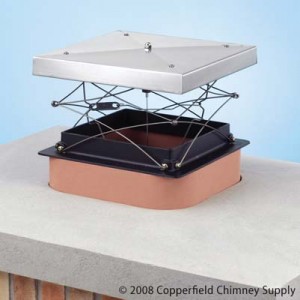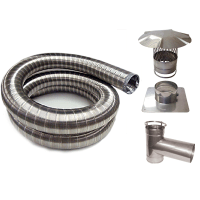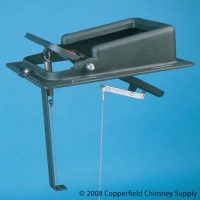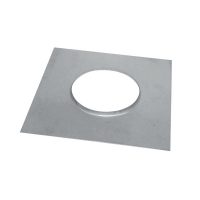Yellow and Black is No Good for Chimneys
by: Clay Lamb
When you think of a bug problem in a home, some of the most frequently occurring images that come to the minds of homeowners are ants and termites. Although these pests are certainly a problem, bees that enter the home through a chimney can be of an issue as well. If you are having difficulties keeping such flying insects out of your home, you may want to consider installing a top sealing damper to your chimney.
Chimneys are a dry and safe place for bees, and if the chimney is not used often or at all, there is nothing inhibiting them from occupying it and eventually entering the home. A regular stainless steel cap will provide your chimney with the protection it needs to prevent critters from entering and keep birds from depositing flammable nesting material which can catch fire and cause a fire in the flue of the chimney.
These regular caps, however, will not prevent any insects from entering. Sometimes, the openings in the mesh wiring surrounding the chimney cap are wide enough to permit entry to insects such as bees and wasps. Getting rid of bees once they have moved into a chimney is difficult and requires professional workers. Often times pest control is needed, and a phone call to these companies usually comes with a very large bill.
Prevent all of these issues with a damper that will seal at the top when it is not in use. Not only will a top sealing damper help with climate control in your home by keeping heated and cooled air in the home, it will eliminate the possibility of bats squeezing through the openings in the mesh and prevent dangerous insects such as bees from making a home as well.
These top sealing dampers not only save you money on your energy bill, they allow you the peace of mind that comes with knowing that nothing is inserting dangerous nesting material into your chimney that could cause a fire to occur in the flue system of the chimney. If a chimney fire occurs, often times there will be damage to other parts of the home as well, making for a very costly repair that is life threatening to those who live inside the home.







